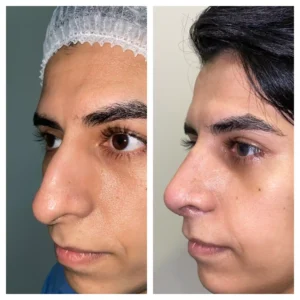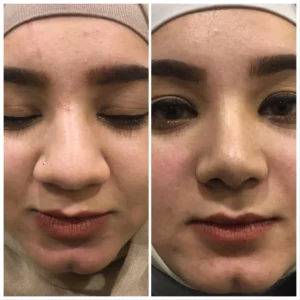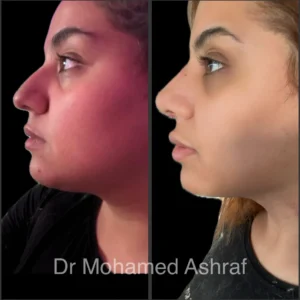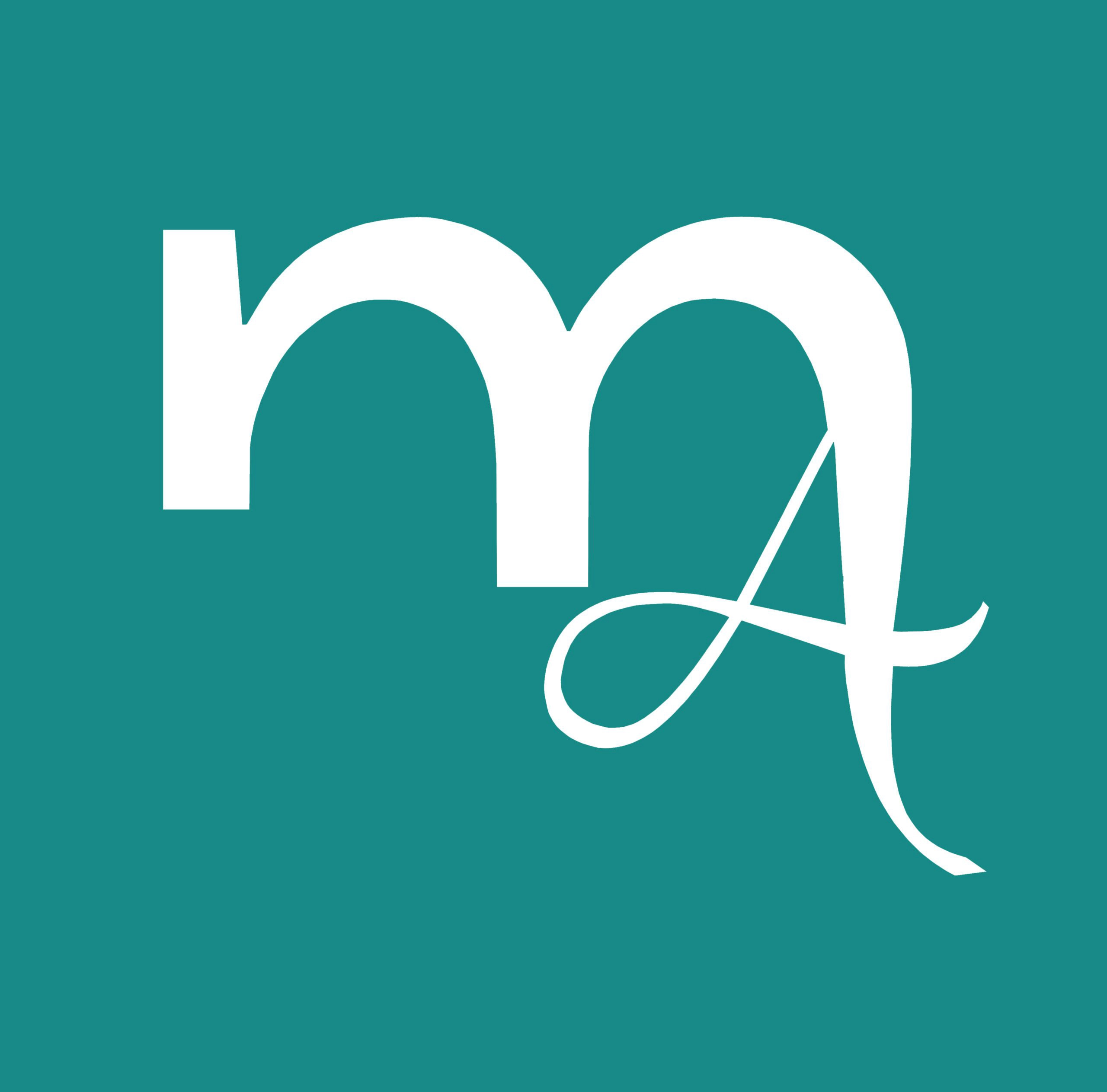Rhinoplasty, also known as a nose job surgery, it is a surgical procedure that alters the shape or size of the nose to become more harmonious and enhance its proportions. Usually performed for cosmetic purposes to boost self confidence but sometimes it is performed for functional reason, such as correcting a deviated septum.
Who is candidate for rhinoplasty
Here are some general guidelines for determining who may be a good candidate for nose job:
Nose Characteristics
Rhinoplasty is always a good option for patients who feel unhappy with their nose. Those who are concerned with any of the following characteristics;
- Too large nose
- Too small nose
- Too wide nose
- Too narrow nose
- If they have a bump on the nose bridge
- If the nose is crooked
- Boxy tip nose
- Droopy tip
- Upturned tip
Overall facial structure, harmony and skin thickness should be always taken into consideration when examining the nose.
Functional Concerns
In addition to the previous concerns, some patients may have some functional concerns. Deviated septum is the commonest reason which can cause difficulty in breathing and repeated sinus infections.Septum deviation may be developmental or due to previous trauma to the nose.
Age
A nose job should be performed after full development of the nose. Best after the age of 18 years.
Health
The patients should be in a good health condition. Any medications you’re on regularly should be discussed with Dr Mohamed Ashraf during the consultation.
Realistic Expectations
Finally, the most important aspect for rhinoplasty candidates is to have a realistic expectations for the outcome. Rhinoplasty helps to improve the appearance of the nose and the function, yet it’s not magic. Dr Mohamed Ashraf will make everything clear during the consultations and will walk you through the recovery process and the expected outcome precisely.
The Procedure
Before the surgery photos of the patients are taken in different positions for medico-legal documentation and for assessment during the surgery.
Anesthesia
Rhinoplasty is usually performed under general anesthesia and takes approximately three hours to complete. However minor deformities mainly in revision cases could be performed under local anesthesia.
The surgery
There are two primary techniques for a rhinoplasty, open and closed.
Open rhinoplasty; it involves an incision between the nostrils in the columella usually a v-shaped one. This technique allows a great visibility and control for the surgeon
Closed rhinoplasty; the incision is from the inside of the nose with no visible scars from the outside
Dr Mohamed Ashraf will decide which approach is best for your case and will explain the steps and technique in full prior to surgery during your consultation.
During the procedure. we may reshape the nasal bones and cartilage to improve the nasal dorsum bridge, remove humps. Change the tip shape, size or projection. Straighten a deviated septum, shorten or elongate the septum. Remove excess tissue and fat from your nose.
Also we may need to enhance the nose with cartilage acquired from the patient own septum, ears or rib cartilage (usually reserved for revision cases).
Once the procedure is complete we put steri-strips and a nasal splint to help the nose keep it’s new shape and minimize the expected swelling.

Male rhinoplasty – before and after

Young lady rhinoplasty – before and after

Rhinoplasty – Double chin lipo
Recovery
After our surgery, the patient will be discharged the same day from hospital with pain and antibiotic medications prescribed. The patient will need to rest for a few days and avoid any strenuous activity or lifting heavy objects during this time. Swellings and bruises are expected and should subside within 10 days
Follow-up consultation visits will be arranged with Dr Mohamed Ashraf in the 3rd, 8th , 11th day after surgery.
The nasal splint will be removed around the 10th day after surgery.
Nasal decongestant sprays and drops are prescribed for 1 month as some patient may suffer from temporary swelling from the inside affecting their breathing.
It’s important to know that thre final results of the procedure may not be visible for several months.
The cost of a rhinoplasty in Egypt
The cost of rhinoplasty in Egypt is usually much more affordable than most of the gulf and european countries. Typically includes several different components, such as the Dr Mohamed Ashraf fee, facility fees, anesthesia fees, and the cost of any necessary medical supplies or medications.
However Dr Mohamed Ashraf will give you a definite quotation during the consultation. If you live abroad online consultations are available or you can send photos to our clinic on whatsapp.
What are the risks of a rhinoplasty procedure
While it is generally safe and effective, like all surgical procedures, it does carry some risks that the patient should be aware of
- Bleeding
- Infection
- Scarring
- Complication with anesthesia
- Skin discoloration, usually resolves within a few weeks.
- Unfavorable results; asymmetry or small bumps and humps are among the commonest reasons.
Revision rhinoplasty
Also known as secondary rhinoplasty, is a surgical procedure performed to correct the results of a previous rhinoplasty procedure. The second surgery is usually more complex and challenging than primary rhinoplasty.
Why is revision rhinoplasty performed?
Revision rhinoplasty is typically performed to correct issues that arose from a previous rhinoplasty procedure, including:
- Unsatisfactory cosmetic results
- Breathing difficulties
- Nasal deformities
- Extensive Scar tissue under the skin that may affect the aesthetic outcome
Combining Rhinoplasty with another procedure
Sometimes it is combined with a facelift, upper eyelid lift, chin augmentation, also liposuction and other body contouring. However it during your examination Dr Mohamed Ashraf will explain everything according to your case, health condition and lab results and the possibility of combining another procedure or not.
Liquid Rhinoplasty
Is a non-surgical nose-job done in clinic based setting using dermal fillers. Typically reserved for patient complaining of nasal bridge hump or have a saddle nasal bridge and refusing surgery. May also be used to elevate the tip or correct minor deformities after previous rhinoplasty
However it’s worth knowing that liquid rhinoplasty would never make your nose smaller as fillers are gel like substances that we add to enhance the shape and straighten the nose profile. toxin use in the nose is reserved for bunny lines to smoothen the wrinkles on the nose when you smile.


